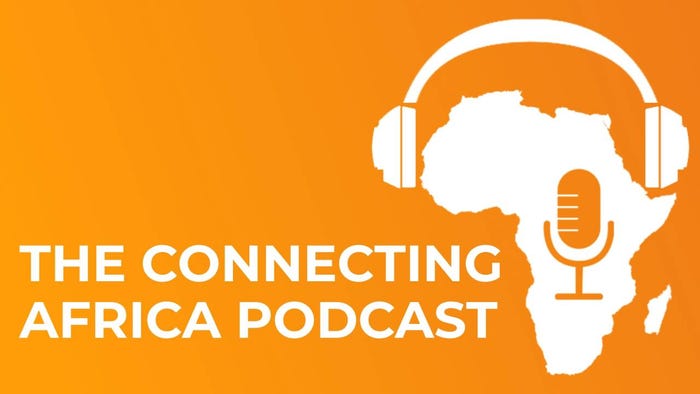South Africa's fiber-to-the-business market continues to grow
South Africa's fiber-to-the-business (FTTB) market saw steady growth in the latter part of 2023, on the back of increasing interest in fiber connectivity by local companies, according to new research from Africa Analysis.

South Africa's fiber-to-the-business (FTTB) market saw continued steady growth in the latter part of 2023, on the back of increasing interest in fiber connectivity by local companies, including small businesses.
That's according to a new report from market research firm Africa Analysis, which also tracks the fiber-to-the-home (FTTH) and fiber-to-the-site (FTTS) markets in South Africa.
Africa Analysis Director Dobek Pater said the company's most recent FTTB Market Update report illustrates the growing importance of fiber connectivity in the operations of businesses and other organizations. It also shows fiber's significant contribution to achieving the SA government's connectivity targets.
South Africa's government plans to spend R3 billion (US$165 million) by 2025 on its "SA Connect" project, which aims to connect the country's government municipalities, healthcare facilities and schools to the Internet.
By the end of September 2023, the FTTB market reached over 243,000 active end points (or, links), registering a 6.4% year-on-year growth rate. Approximately two-thirds of these links consisted of best effort (contended) connections, with the balance being dedicated (quality of service) connections.
"This can be interpreted as a sign of positive business market recovery after the COVID-19 period," Africa Analysis told Connecting Africa.
The report found that contended best effort connectivity products continued to demonstrate much stronger growth than the dedicated links.
Africa Analysis said this is driven mainly by increasing uptake of fiber connectivity by smaller companies, growing adoption of cloud services and software-defined wide area network (SD-WAN), where best effort (broadband-type connections) is sufficient for most of an organization's sites.
The FTTB retail market achieved annual revenue of R10.1 billion ($554 million) between September 2022 and September 2023, "underscoring the economic significance of this sector in a changing telecommunications landscape."

Africa Analysis believes that growth in South Africa's FTTB market is being driven by increasing uptake of fiber connectivity by smaller companies as well as growing adoption of cloud services and SD-WAN. (Source: freepik)
While declining retail prices of many of the low-end fiber products are contributing to market growth, they are also having a diluting effect on the average revenue per line (ARPL).
"This has seen a steady year-on-year decline and is expected to continue declining," Africa Analysis said.
The firm predicts that the FTTB market will continue on a growth path, reaching over 300,000 connections by the end of 2027.
"In particular, the best effort connectivity segment of the market will show much stronger growth than the more expensive dedicated connectivity," it said.
SA fiber market players
Market research company Omdia, a sister company of Connecting Africa, estimates that South Africa had over 8.5 million broadband subscriptions at the end of September 2023 with 2.16 million of those being fiber connections.
South Africa has several fiber companies, with the biggest being Vumatel – which has grown steadily in the FTTH market in recent years – and Telkom South Africa (through subsidiary Openserve), which has been losing market share as the market becomes more competitive.
Want to know more? Sign up to get the weekly Connecting Africa newsletter direct to your inbox.
Companies like Vodacom SA, Metrofibre and Frogfoot also have decent market share in the fiber market.
Vodacom is trying to buy a 30% stake in South African fiber operator MAZIV, which is the parent company of Vumatel and Dark Fibre Africa. However, the deal was blocked by South Africa's Competition Commission in August 2023, and Vodacom is taking the matter to the Competition Tribunal on May 20, 2024.
*Top image source: freepik.
— Paula Gilbert, Editor, Connecting Africa


.jpg?width=700&auto=webp&quality=80&disable=upscale)
.jpg?width=700&auto=webp&quality=80&disable=upscale)
_(1).jpg?width=700&auto=webp&quality=80&disable=upscale)
_(1).jpg?width=700&auto=webp&quality=80&disable=upscale)


.jpg?width=700&auto=webp&quality=80&disable=upscale)
